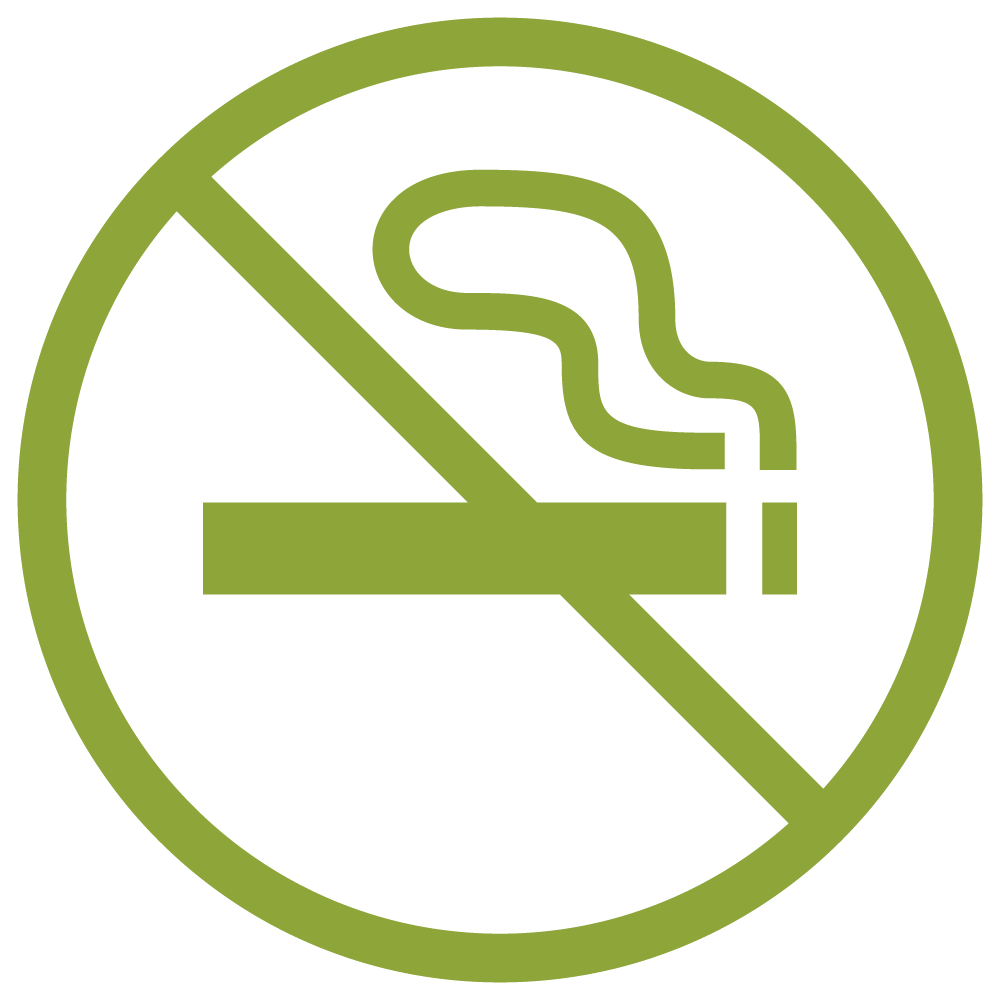Tobacco harm reduction
policies are being embraced
by health authorities
around the world.

In Africa, they could help prevent
146,000
tobacco-related deaths
each year

Benefits

Smoking cessation tool.
E-cigarettes are the choice method for quitting in some countries, (Cochrane Library)

Saves lives.
Lowest rates of tobacco-related cancer in Sweden because of nicotine pouches (snus), (Levy D, Royal College of Physicians)

Prevents disease.
THR products are at least 95% less harmful than cigarettes, (Public Health England)

Improves quality of life.
Ex-smokers breathe, smell, taste better and feel healthier after quitting or switching to THR products, (Campaign for Safer Alternatives).

Improves society.
THR reduces disease, lowers health costs and prevents loss of productivity, (National Institute for Health and Care Excellence).
Nicotine Safety
- Nicotine is the reason why people smoke tobacco, but it’s the tar released from burning tobacco in cigarettes that kills.
- Nicotine is not a cause of cancer, cardiovascular disease or the respiratory conditions that many smokers suffer from. (HSCIC)
- Nicotine itself is not totally risk-free, but it does not cause any serious illness.
- It has been widely sold in medicinal form called Nicotine Replacement Therapy (NRT) for many years.
What do the experts say?
“Consumers are demanding new, less harmful, user-friendly, effective and fast-acting nicotine products, which can be used as substitutes for cigarettes.”
– Dr Delon Human, CEO, Africa Harm Reduction Alliance
“We are not in the position we were in twenty years ago when you spoke about nicotine and tobacco. Beyond nicotine replacement therapies, there were no other alternatives on the table. We are now in a totally different position where there are other alternatives.”
– Dr Kgosi Letlape, President Africa Harm Reduction Alliance
“Tobacco Harm Reduction is all about one thing: getting serious about saving lives by acknowledging that the majority of harm caused by cigarettes is from the burning of tobacco, which releases dangerous toxicants.”
– Joseph Magero, Chairman of Campaign for Safer Alternatives (CASA)
“Countries that have put cessation and harm reduction at the forefront of their tobacco control policies are experiencing the best results. Those that embrace the use of new products like vapes and nicotine pouches have seen their smoking rates fall.”
– Dr Ben Okanga, Physician and Lecturer
“We need to focus on pragmatic policies and tools that help smokers to avoid dying or becoming sick as a result of their addiction as they smoke tobacco. To do otherwise is to abandon Kenya’s three million smokers, many of whom are desperately struggling to quit.”
– Dr Michael Kariuki, Physician
Dispelling the myths about nicotine
AHRA recognises the role that the Food and Drug Administration and its Tobacco Products (CTP) Education Campaign can play in addressing the myths and misperceptions about nicotine’s health risks.
According to the FDA, “most people know that cigarettes and other tobacco products are addictive, but many people do not understand the role of nicotine in tobacco addiction, disease, and death. Nicotine is what addicts, and keeps people using tobacco products, but it is not what makes tobacco use so deadly.
Tobacco and tobacco smoke contain thousands of chemicals. It is this mix of chemicals – not nicotine – that causes serious disease and death in tobacco users, including fatal lung diseases, like chronic obstructive pulmonary disease (COPD) and cancer.”


